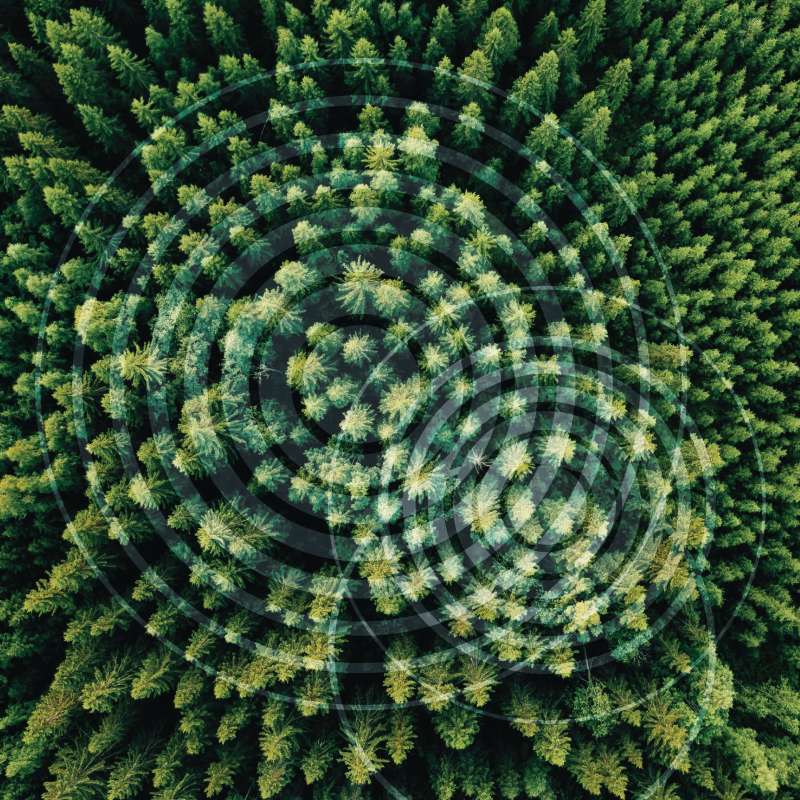Kjersti Holt Hanssen
Research Scientist
Biography
Abstract
Based on data from 58 stands located in three different regions within Norway, this study presents new models for quantifying growth characteristics of young, planted trees of Norway spruce (Picea abies (L.) Karst), a species that forms the backbone of the Norwegian forestry sector. The study focused on well-established, sufficiently stocked plantations to capture their inherent growth patterns. The presented models predict total tree height and the number of years required to reach a diameter at breast height of 5 cm for dominant and average-sized individuals, using common tree- and stand-level metrics. The study’s findings indicate enhanced growth of young spruce stands compared to growth dynamics observed in the 1960–1970s, likely due to improved growing conditions. The models presented here are an improvement over existing similar models and can be used in future forest growth and yield simulations. The study also aimed to provide a means to predict diameter distributions of young spruce plantations. While the results suggested significant differences between observed and predicted distributions, this still represents progress as there are currently no tools to estimate diameter distributions of young spruce plantations in Norway. Further research is recommended to corroborate the findings across a larger number of sites and to consider larger sample plots for potentially more accurate diameter distribution predictions.
Abstract
No abstract has been registered
Abstract
No abstract has been registered

